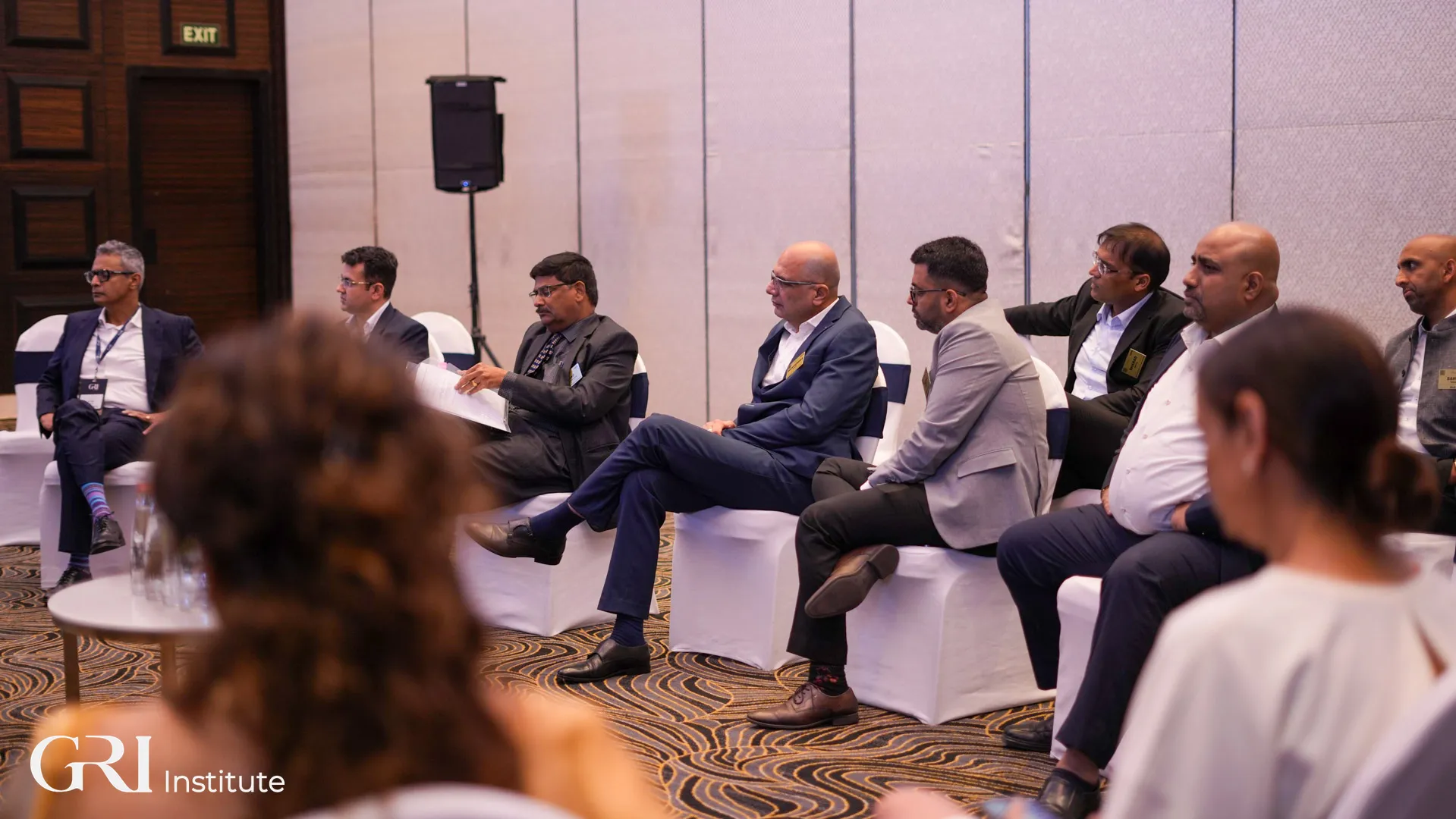 GRI Institute
GRI Institute“A little too early” to invest in India's CRE alternative assets
While data centres and co-living gain traction, investors remain cautious due to operational risks and legal framework challenges
November 11, 2025Real Estate
Written by:Jorge Aguinaga
Key Takeaways
- While alternatives like data centres and co-living are gaining traction, major investors find it "a little too early" and are waiting for the asset classes to mature.
- The primary hurdle is that these sectors are operationally heavy, requiring a different management thesis and skill set than passive office assets.
- Key opportunities like rental housing remain blocked by structural and legal issues, such as a legal framework that is biased towards tenants.
Beyond the dominant office market, a diverse universe of alternative real estate assets is steadily gaining traction in India.
Sectors once "under the radar," including data centres, co-living, student housing, senior living, and K-12 education assets, are now being recognised as key components of a diversified portfolio after initial seed investments and platform deals signalled their arrival on the investment map.
Despite this growing interest in alternative commercial real estate (CRE), the consensus among major domestic institutional investors is one of cautious optimism, as the prevailing sentiment for deploying large-scale capital is that it remains "a little too early".

From an investment perspective, the primary playing field of core and core-plus office assets remains so large and profitable that there is no immediate, pressing need to diverge into these nascent sectors.
A co-living, student, or senior housing facility requires a completely different management thesis due to numerous touchpoints and a rapidly-changing client base, making the operational risk more akin to running a hotel than managing a lease.
This complexity demands a different nature of capital and a specialised skill set that investors feel is not yet fully established in the Indian market.
The core problem is a legal framework seen as biased towards the tenants. A landlord's inability to simply give notice is a major deterrent, and the need to go to the court of law in order to vacate a tenant is considered too uncertain for institutional capital.
Until these fundamental structural issues are resolved, the rental housing sector in India will struggle to attract large-scale investment.
These strategic insights were shared during the panel discussion on "Commercial Real-Estate Strategies - Investment Outlook for Core, Core-Plus & Alternative Assets".
The session was moderated by Shobhit Agarwal, MD & CEO at ANAROCK Capital, and featured reflections from leading experts including Anshu Kapoor, President and Head at Nuvama; Manish Swaroop, CEO at Signature Global; Sunil Varrier, Chief Acquisition Officer at Table Space; and Vithal Suryavanshi, CEO- Commercial at Phoenix Mills.
Access all takeaways and C-level insights in the exclusive India GRI 2025 Spotlight.
Sectors once "under the radar," including data centres, co-living, student housing, senior living, and K-12 education assets, are now being recognised as key components of a diversified portfolio after initial seed investments and platform deals signalled their arrival on the investment map.
Despite this growing interest in alternative commercial real estate (CRE), the consensus among major domestic institutional investors is one of cautious optimism, as the prevailing sentiment for deploying large-scale capital is that it remains "a little too early".

Panellists noted that for domestic investors, it remains "a little too early" to enter alternative assets, preferring to wait for the ideas to mature and for proof of concept to be delivered. (GRI Institute)
Waiting for maturity and proof of concept
Investors are waiting for the asset class itself to mature, a proven talent pool of experienced operators capable of managing these complex, service-heavy assets, and finally, successful case studies that establish a clear proof of concept.From an investment perspective, the primary playing field of core and core-plus office assets remains so large and profitable that there is no immediate, pressing need to diverge into these nascent sectors.
The operational risk hurdle
The primary reason for this caution is the fundamental nature of these businesses, as unlike passively managed commercial office buildings, most alternative assets are very operationally heavy.A co-living, student, or senior housing facility requires a completely different management thesis due to numerous touchpoints and a rapidly-changing client base, making the operational risk more akin to running a hotel than managing a lease.
This complexity demands a different nature of capital and a specialised skill set that investors feel is not yet fully established in the Indian market.
Structural blockages in rental housing
This challenge is clearly illustrated in the rental housing market. While the opportunity is massive, due to a younger generation less focused on ownership, the asset class is blocked by significant structural issues.The core problem is a legal framework seen as biased towards the tenants. A landlord's inability to simply give notice is a major deterrent, and the need to go to the court of law in order to vacate a tenant is considered too uncertain for institutional capital.
Until these fundamental structural issues are resolved, the rental housing sector in India will struggle to attract large-scale investment.
These strategic insights were shared during the panel discussion on "Commercial Real-Estate Strategies - Investment Outlook for Core, Core-Plus & Alternative Assets".
The session was moderated by Shobhit Agarwal, MD & CEO at ANAROCK Capital, and featured reflections from leading experts including Anshu Kapoor, President and Head at Nuvama; Manish Swaroop, CEO at Signature Global; Sunil Varrier, Chief Acquisition Officer at Table Space; and Vithal Suryavanshi, CEO- Commercial at Phoenix Mills.
Access all takeaways and C-level insights in the exclusive India GRI 2025 Spotlight.